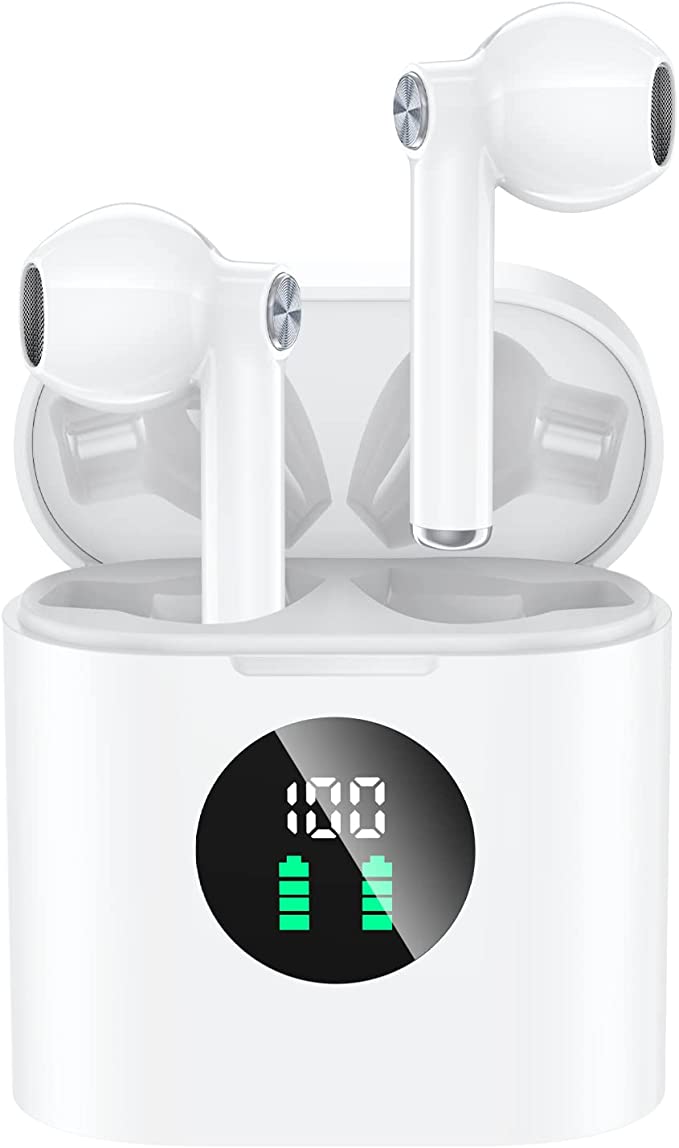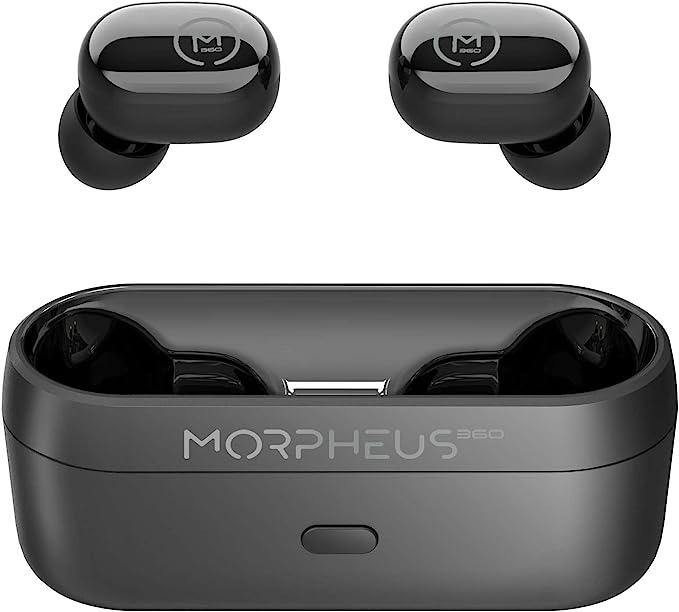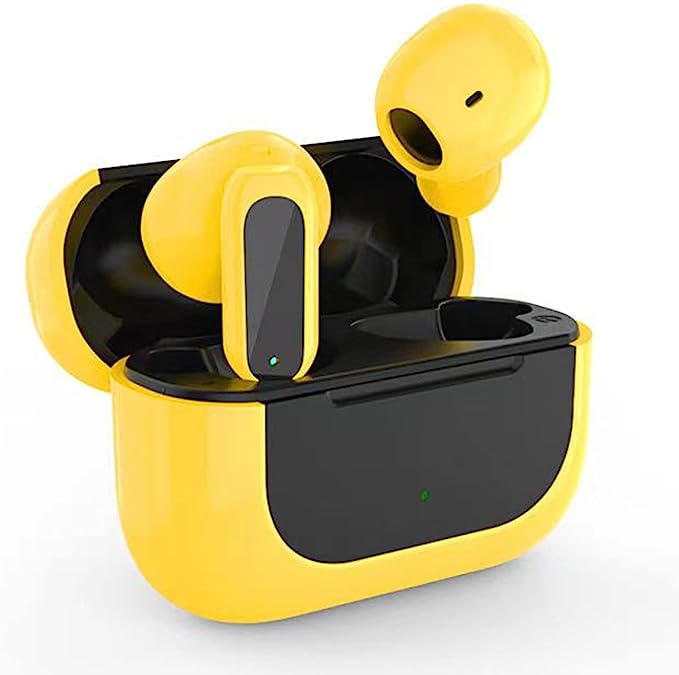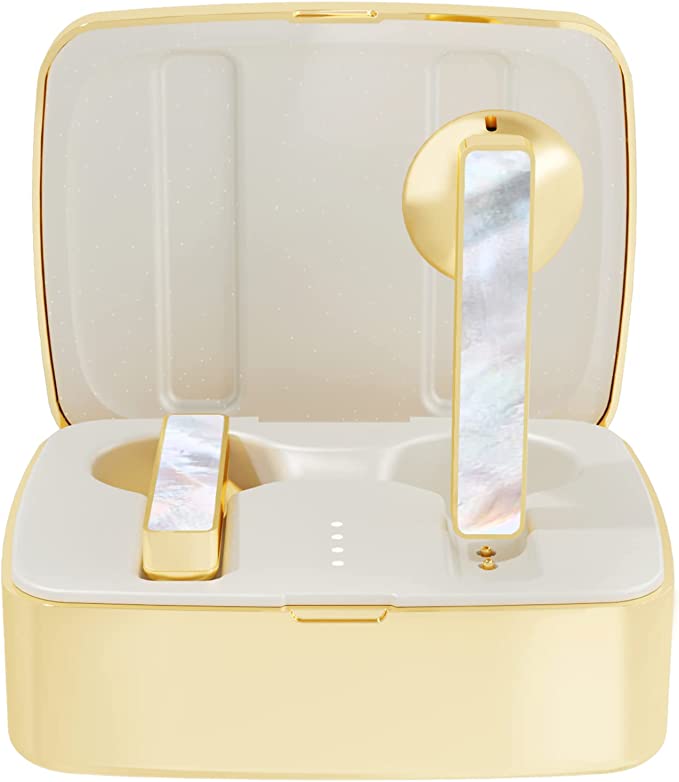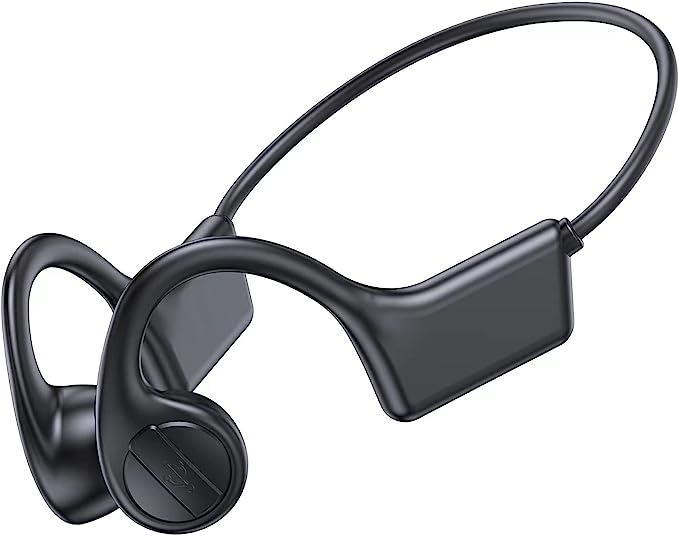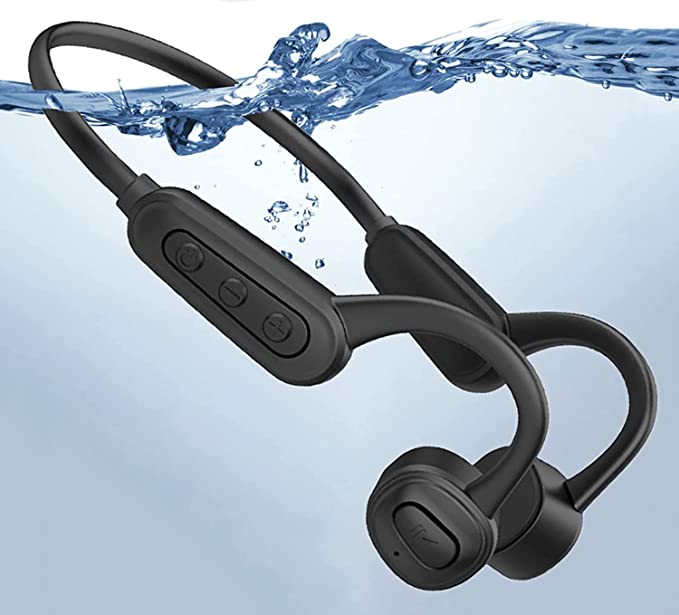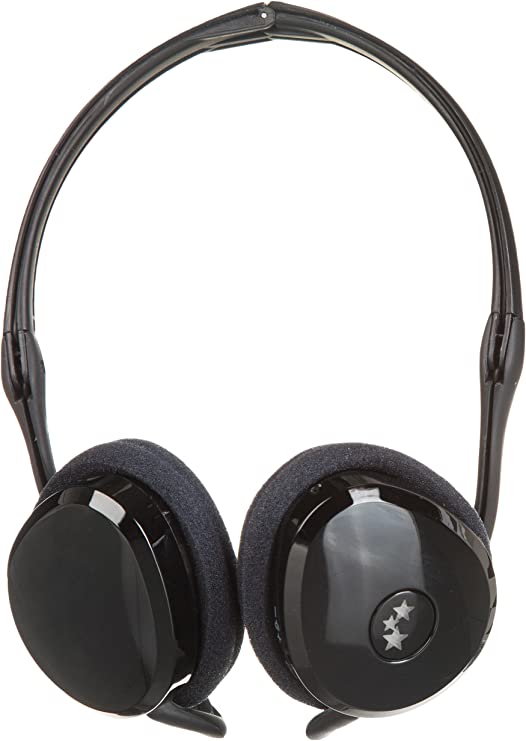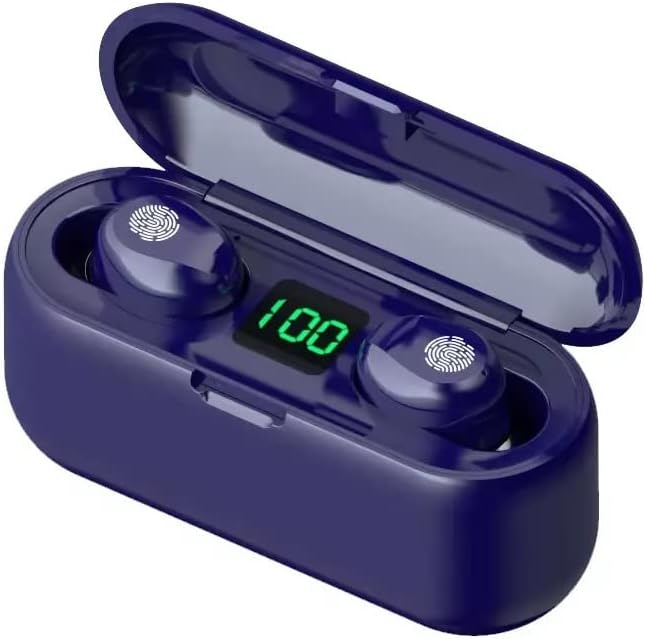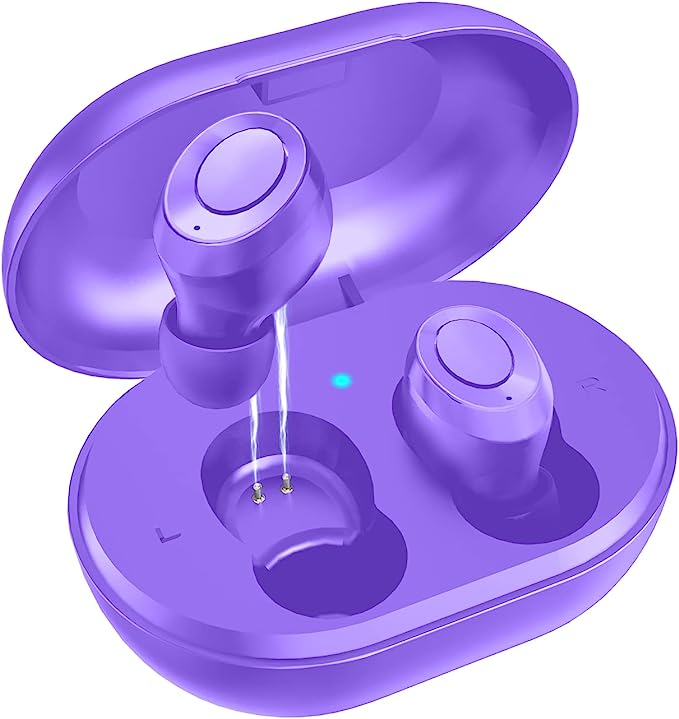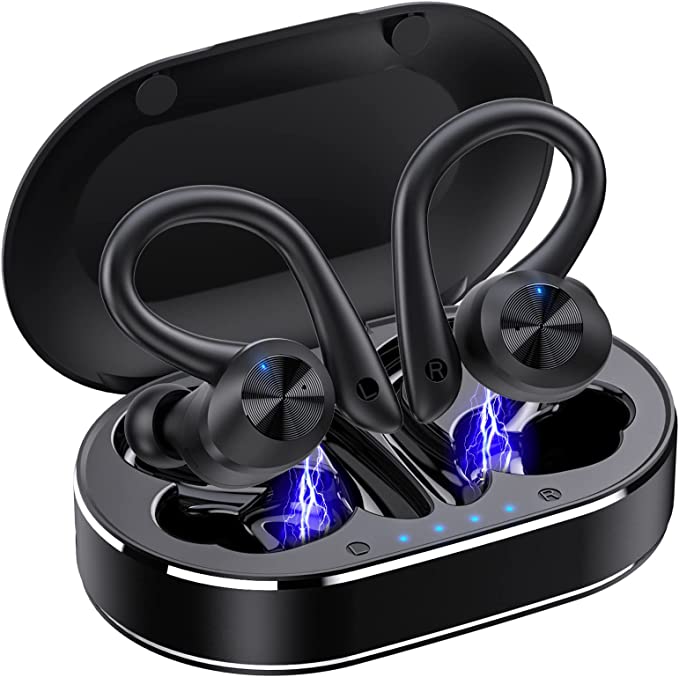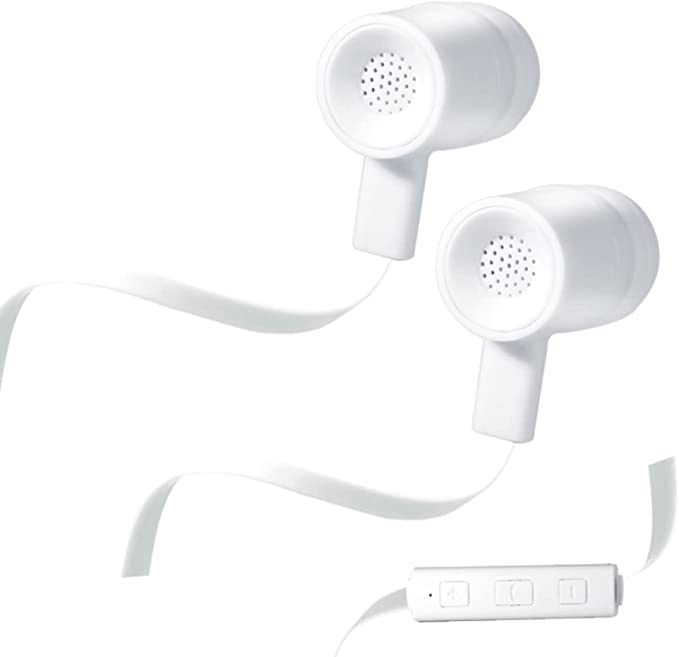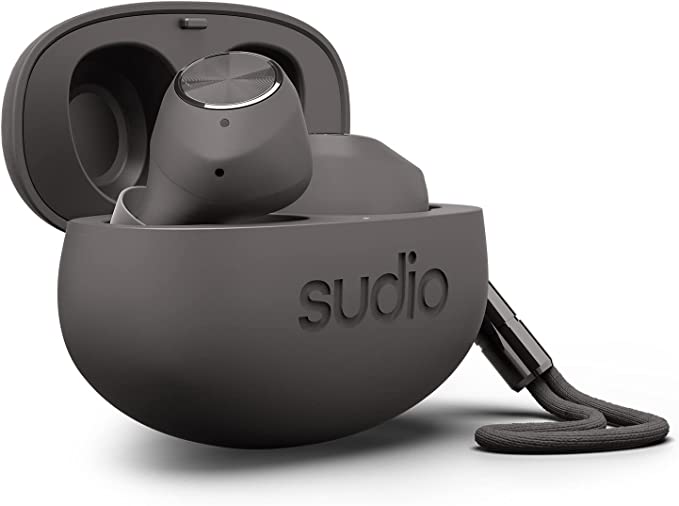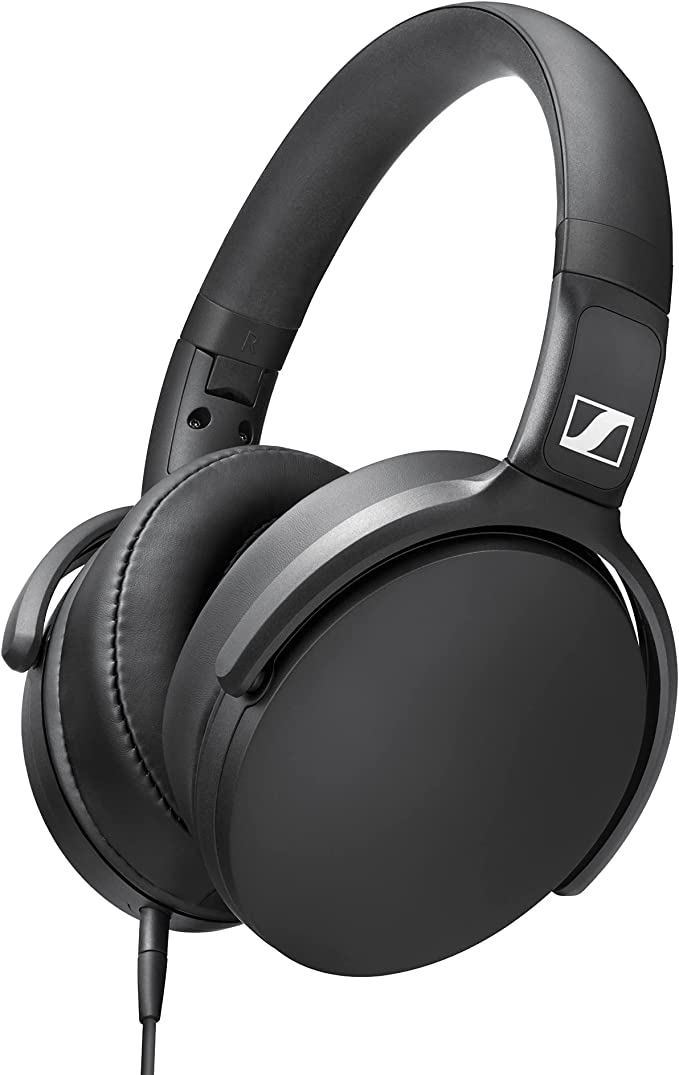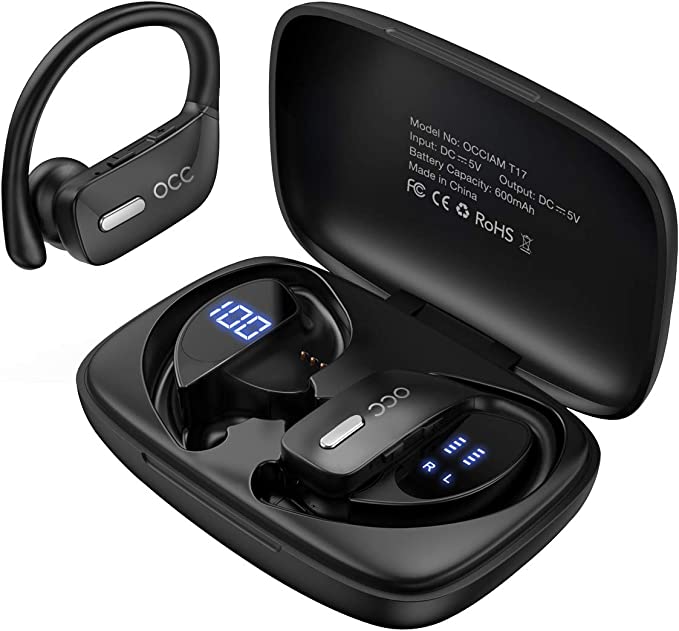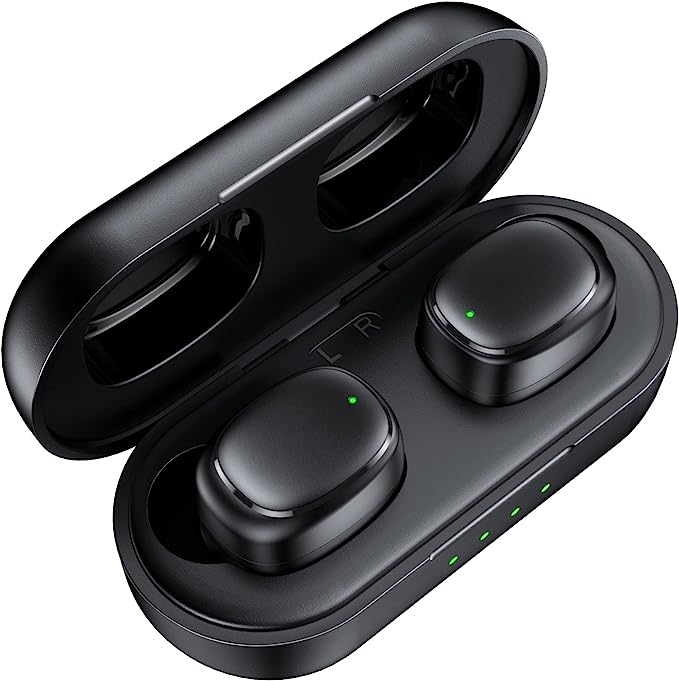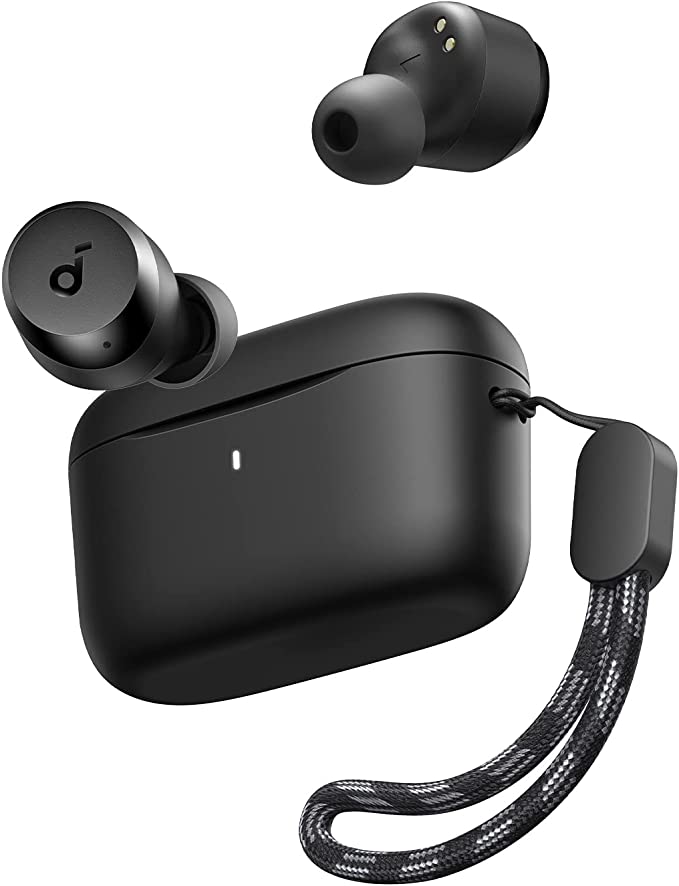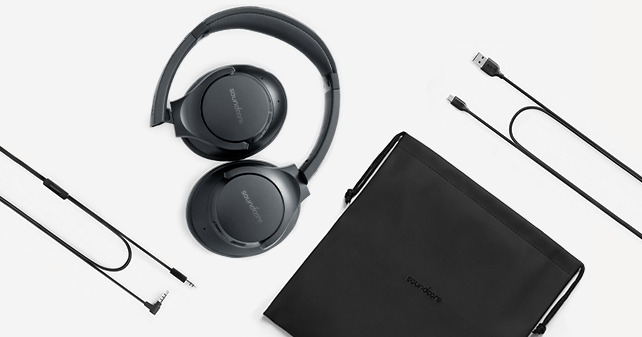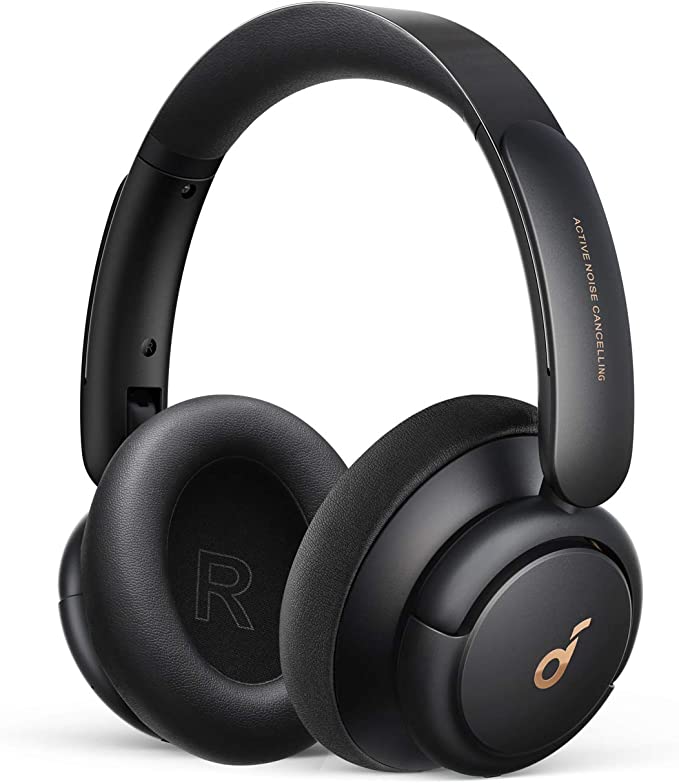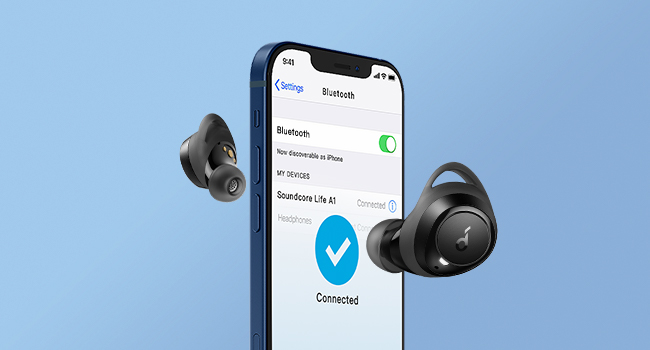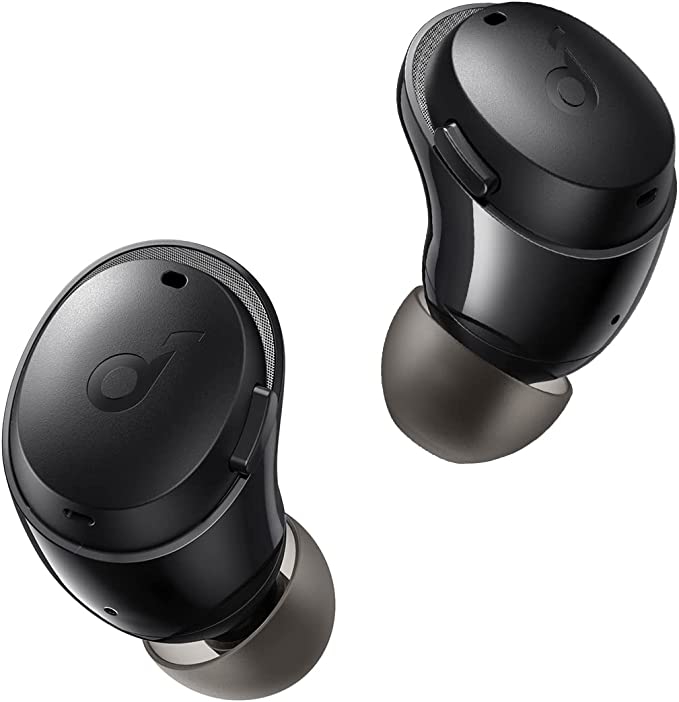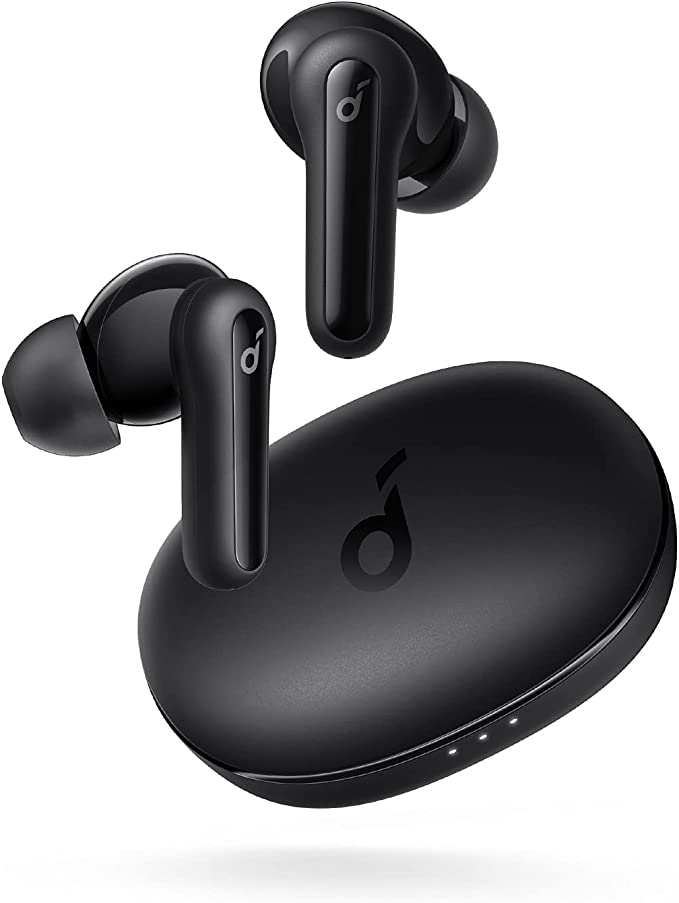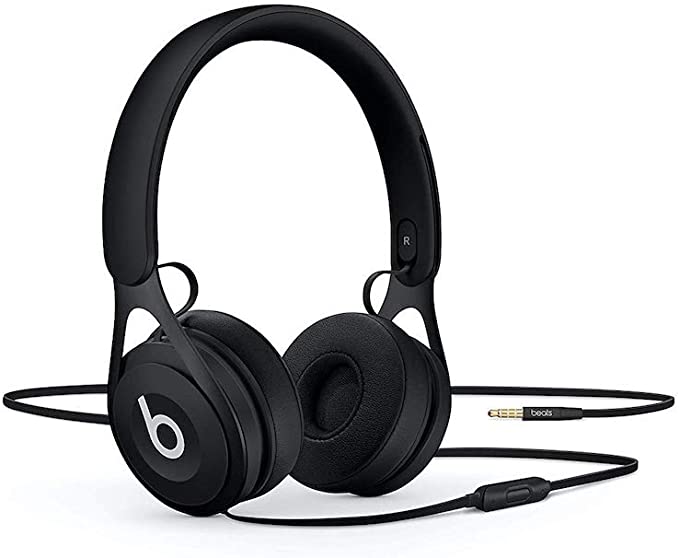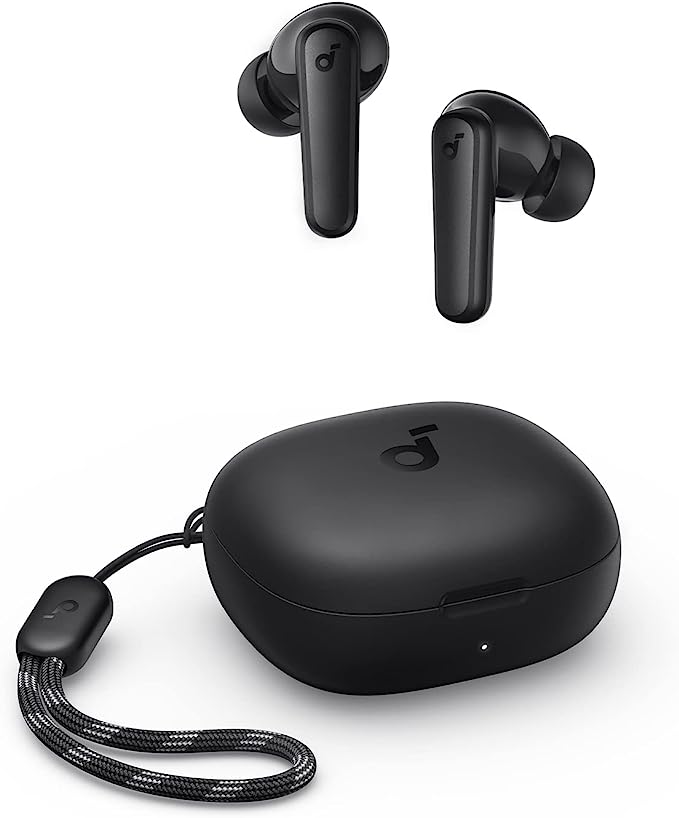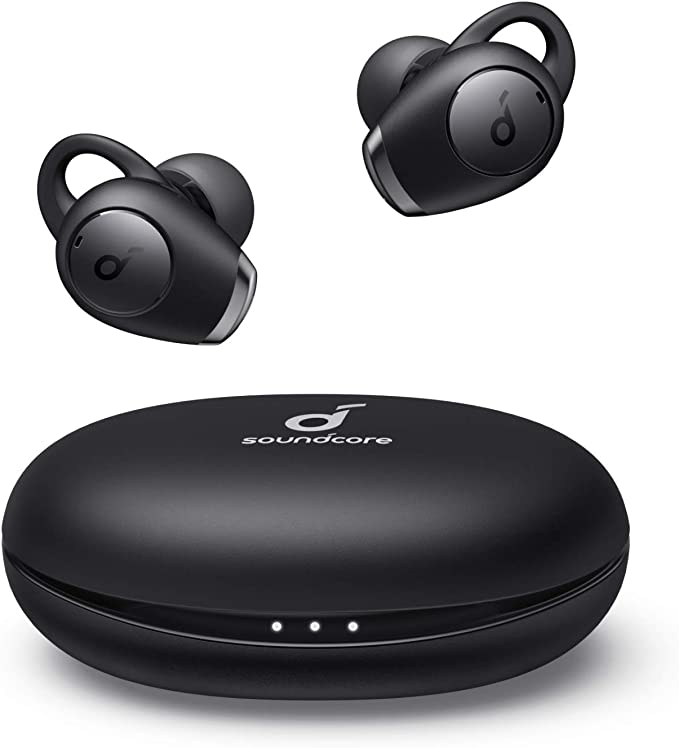KSOUND AI-W20Lite Smartwatch with True Wireless Earbuds : A Futuristic Yet Impractical 2-in-1 Gadget
Update on June 20, 2025, 7:39 a.m.
The allure of the ultimate all-in-one gadget is a powerful one in our tech-saturated lives. Imagine a world where your smartwatch not only tracks your steps and heart rate but also magically produces a pair of true wireless earbuds whenever you crave a soundtrack to your day. This is precisely the ambitious dream the KSOUND AI-W20Lite Smartwatch with True Wireless Earbuds attempts to realize. It’s a bold concept, aiming to seamlessly merge fitness tracking with on-demand audio. But as with many pioneering efforts, the journey from a captivating idea to a flawless user experience is often a steep, challenging climb, paved with both innovation and inevitable compromise.

When Worlds Collide: Engineering Earbuds into a Watch
The most immediately striking feature of the AI-W20Lite is its integrated earbuds, cleverly housed within the watch body and accessible via a pop-up mechanism. This isn’t just a gimmick; it’s an attempt to solve a genuine user pain point – always having your earbuds when you need them, without carrying an extra case.
The Pop-Up Promise: Miniaturization and Mechanics
The engineering feat lies in cramming two complete earbud systems, each with its own driver, battery, and charging circuitry, plus the pop-up mechanics, into a chassis already occupied by smartwatch essentials. This demands an intricate dance of component miniaturization and precise mechanical design. Think of it like a horologist meticulously fitting complex gears into a traditional timepiece, but with added electronic complexity. The pop-up mechanism itself, while convenient, introduces moving parts, which inherently present challenges for long-term durability and maintaining a seal against an IP67 water and dust resistance rating. This rating, defined by the International Electrotechnical Commission’s standard IEC 60529, means the device should be dust-tight and protected against immersion in water up to 1 meter for 30 minutes – a tough ask for a device with openings.

Sound Science or Marketing Murmur?
KSOUND touts the earbuds as delivering “amazing high-fidelity sound through fine-tuned graphene-enhanced drivers.” Let’s unpack that.
Graphene, a single layer of carbon atoms arranged in a hexagonal lattice, is indeed a wonder material in the lab. Its incredible strength-to-weight ratio theoretically makes it an ideal candidate for speaker diaphragms, which need to be both light (for responsiveness) and stiff (to resist distortion at higher volumes). A well-implemented graphene driver could produce clearer audio with better transient response. However, translating lab potential to mass-produced, cost-effective consumer audio is a significant hurdle. The “Hi-Res earbuds” claim, without specific codec support mentioned (like aptX HD or LDAC which are often associated with higher-resolution Bluetooth audio as defined by their respective developers Qualcomm and Sony) or independent verification, leans more towards a marketing descriptor than a guaranteed audiophile experience. Bluetooth audio itself relies on codecs – algorithms that compress and decompress digital audio data. The most basic, SBC (Low Complexity Subband Codec), is universally supported but offers an audio quality often considered just “good enough.”
For noise management, the AI-W20Lite relies on “passive noise cancellation at the eartips.” This is a straightforward acoustic principle: the hybrid silicone eartips aim to create a snug seal in your ear canal. This physical barrier blocks out a portion of ambient sound, particularly higher frequencies, much like standard earplugs. It’s a different beast from Active Noise Cancellation (ANC), which uses microphones and circuitry to actively generate anti-noise waves – a far more complex and power-hungry technology generally found in more premium, standalone earbuds.

The Watchful Guardian: Sensors, Software, and Connectivity Conundrums
Beyond its audio aspirations, the AI-W20Lite is a smartwatch equipped with health and fitness tracking capabilities.
Decoding Your Body’s Signals
The watch boasts “advanced motion sensors and accurate heart rate monitor to track your body status in real time.” The “11 sports modes” likely utilize an accelerometer (to detect movement and its intensity) and possibly a gyroscope (for orientation and rotational movement). These are components of what’s often called an Inertial Measurement Unit (IMU). Algorithms then interpret these raw sensor readings to categorize activities and estimate metrics like calories burned.
The heart rate monitoring almost certainly employs Photoplethysmography (PPG). This optical technique, common in wearables, involves shining LED light onto the skin (usually the wrist) and measuring the amount of light reflected or transmitted. As blood pulses through the capillaries, the volume changes, altering light absorption. The sensor detects these rhythmic changes, and an algorithm converts this into a heart rate in beats per minute. While convenient, PPG accuracy can be influenced by factors like skin tone, tattoos, sensor fit (it needs to be snug), and motion artifacts during vigorous exercise. It’s a fantastic tool for trend-spotting but generally not considered a medical-grade replacement for an electrocardiogram (ECG) or a chest-strap heart rate monitor for clinical accuracy.
Sleep tracking in wrist-worn devices typically combines data from the motion sensors (to detect periods of stillness or restlessness) and the heart rate monitor (as heart rate variability and resting heart rate change across sleep stages). Algorithms then attempt to classify sleep into stages like light, deep, and REM. However, differentiating these stages accurately with only wrist-based sensors is notoriously challenging, and the results are best viewed as estimations.

The Tangled Web of Bluetooth
The product information mentions three Bluetooth signals: “T92: Watch Bluetooth signal; T92-R:Watch Bluetooth headset signal; T92_Audio: watch power amplifier speaker (watch speaker)signal.” This indicates a relatively complex Bluetooth management system. The watch needs to maintain a stable connection to your smartphone (likely Bluetooth Low Energy for general communication and notifications via the T92 signal) and simultaneously manage connections for the earbuds (T92-R, possibly for control and data, and T92_Audio for streaming the actual sound). Bluetooth, while ubiquitous, is not without its challenges. Coexistence – managing multiple Bluetooth connections or operating near other 2.4 GHz devices (like Wi-Fi routers or microwave ovens) – can lead to interference and dropouts. The antenna design within the compact, potentially signal-shielding watch casing is also critical for reliable performance. This is a common pain point for many Bluetooth devices, not just the AI-W20Lite.
The App as an Anchor (or Achilles’ Heel)
An “independently designed APP” serves as the hub for synchronizing health data, customizing settings, and receiving firmware updates. The quality of this companion app is paramount. A clunky, unintuitive, or buggy app can render even the most advanced hardware frustrating to use. Features like “constantly updated app features” and “24-hour service” are promising, but their real-world efficacy depends heavily on the manufacturer’s commitment and resources.
The Price of Innovation: User Experiences Meet Engineering Realities
The KSOUND AI-W20Lite holds a customer rating of 2.4 out of 5 stars from 14 ratings on the provided product page. This less-than-stellar reception offers valuable insight into how this ambitious design translates to everyday use, often highlighting the friction points where innovative concepts meet the hard truths of engineering and user expectations.
Connecting the Dots – Why Things Go Wrong
Let’s consider some of the reported user frustrations through a scientific and engineering lens:
-
“Se desconecta demasiado” (It disconnects too much!) – The Connectivity Conundrum: As discussed, maintaining multiple stable Bluetooth links in a small device is tough. This could stem from suboptimal antenna placement within the watch casing (metal components can interfere with radio signals), firmware bugs in the Bluetooth stack, or susceptibility to external radio frequency interference. Imagine trying to hold two separate, quiet conversations simultaneously in a very crowded, noisy room – sometimes, messages get lost.
-
“Rickety feel,” “scratched on the screen pretty easily,” “band also feels a bit cheap” – The Build & Durability Dilemma: Material selection in consumer electronics is a constant tightrope walk between cost, aesthetics, weight, and durability. To hit a $79.99 price point with such integrated tech, compromises are inevitable. A “rickety feel” might indicate looser tolerances in the pop-up mechanism or casing assembly. Screen scratch resistance depends on the material; while some high-end watches use sapphire crystal, more budget-friendly options might use hardened glass or even plastic, which are more prone to scratches. Silicone bands are common for comfort and water resistance, but quality can vary significantly.
-
“The watch battery itself does not hold a charge for more than an hour” – The Battery Drain Paradox: The stated 380mAh battery capacity sounds reasonable for a basic smartwatch. However, this device isn’t just a basic smartwatch. It’s also powering Bluetooth connections for both phone and earbuds, running sensors, lighting up a 2-inch display (actually listed as 1.28” IPS in product description details, which is more typical for such a device), and, crucially, recharging the earbuds themselves. Each of these functions consumes power. If the earbuds are frequently used and recharged by the watch, or if sensors are set to continuous high-frequency monitoring, the drain on that 380mAh “power budget” can be immense. While standby time might be long (when the device is mostly idle), active “working time” is the real test. One user’s experience of only an hour suggests either a faulty unit, extremely heavy usage patterns not anticipated by the manufacturer’s claims (“about 7-15 days working time”), or significant inefficiencies in power management firmware. Basic electrical principles (Power = Voltage x Current; Energy = Power x Time) dictate that you can only draw so much from a finite energy source.
-
“The right side [earbud] does not charge,” “The left ear phone did not even hold a charge” – Charging Gremlins: The charging system for integrated earbuds relies on tiny pogo pins or contact points making a reliable connection. These can be susceptible to dirt, misalignment, or manufacturing defects. A failure in the watch’s internal charging circuit for one earbud, or a faulty battery within an earbud itself, could also explain these issues.
-
“Everything is in Chinese,” “The app was really terrible” – Lost in Translation and User Experience Flaws: Effective software localization (translating all interface elements, date/time formats, etc.) and intuitive User Interface/User Experience (UI/UX) design are critical for global products. A default language mismatch or a poorly designed app can create significant frustration, regardless of hardware capabilities. This highlights the importance of user-centric software development.
-
“Bulky, Not Practical for Real Use,” “very bulky to wear” – The Inevitable Bulk Factor: This is perhaps the most direct consequence of the 2-in-1 design. Fitting all the necessary components for both a smartwatch and two TWS earbuds, plus their charging mechanism, into a wrist-worn device inevitably leads to a larger physical footprint than a standalone smartwatch or a separate earbud case. It’s a fundamental trade-off: integrated convenience versus sleekness and comfort.
Beyond the Hype: A Sober Look at a Bold Experiment
The KSOUND AI-W20Lite emerges as a fascinating, if flawed, pioneer in the quest for ultimate wearable convergence. It’s a testament to the engineering ambition to cram more functionality into ever-smaller packages. However, it also serves as a potent reminder of the immense challenges involved in balancing an innovative feature set with reliable performance, practical ergonomics, robust battery life, and an affordable price point.
For consumers, devices like the AI-W20Lite underscore the importance of looking beyond exciting on-paper specifications. User reviews, even if limited in number, can provide crucial real-world insights into how well a novel concept actually performs. The “all-in-one” dream is compelling, but early iterations often come with compromises. Understanding these potential trade-offs – a bit more bulk for the convenience of integrated earbuds, potentially shorter overall battery life due to shared power resources – is key to managing expectations.
The path forward for such ambitious converged wearables likely depends on continued advancements in several key areas:
* Battery Technology: Higher energy-density batteries that can store more power in smaller, lighter packages.
* Component Miniaturization: Further shrinking of sensors, processors, and wireless communication modules.
* Power Efficiency: Ultra-low-power chipsets and more sophisticated power management software.
* Software and Firmware Robustness: Stable, intuitive operating systems and companion apps that seamlessly manage complex interactions.

Final Thoughts: The Unending Quest for the Perfect Gadget
Innovation in technology is rarely a linear, perfectly smooth progression. It’s often a series of bold experiments, some more successful than others, each teaching valuable lessons. The KSOUND AI-W20Lite, despite its apparent shortcomings highlighted by user feedback, is part of this ongoing exploration. It asks interesting questions about how we want to interact with our technology and what conveniences we value most.
While this particular iteration may not be the polished, game-changing device many would hope for, it represents a tangible step towards a future where our gadgets are more integrated and, ideally, more intuitive. The AI-W20Lite is a conversation starter, a case study in the complexities of modern consumer electronics design, and perhaps, a stepping stone on the long and winding road to the next generation of truly indispensable wearables. The quest continues.

